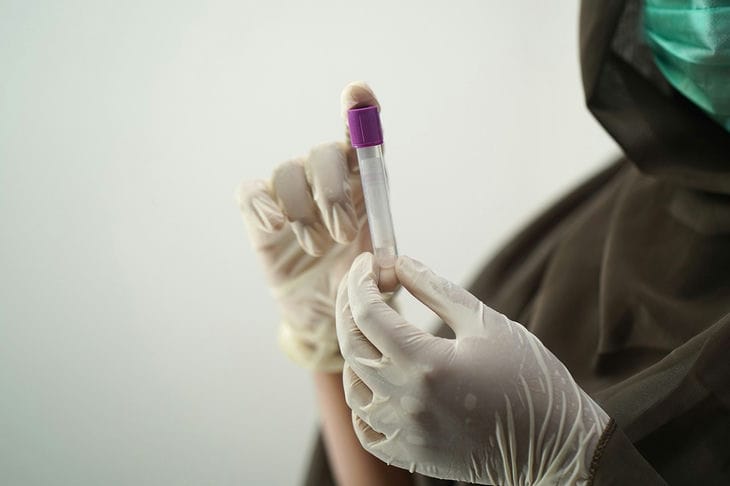Increased cholesterol levels lead to the development of many serious diseases.
Accumulating on the walls of blood vessels and settling in the form of plaques, cholesterol increases blood viscosity and clogs the lumen of blood vessels, leading to cerebral atherosclerosis and strokes, varicose veins, coronary heart disease and such a formidable complication as myocardial infarction.
Cholesterol is a fatty substance, part of which is produced in the liver, and the other part comes from outside with food and is an essential component for building body cells.
Large amounts of it are part of some vitamins, hormones, and are also found in brain and muscle tissue.
It is obvious that cholesterol is necessary for the normal functioning of the body. Only its excess, especially in combination with provoking factors, leads to atherosclerosis.

Such factors include lack of physical activity, alcohol consumption, hormonal imbalances, smoking, unbalanced diet, and heredity.
Being a fat, cholesterol does not dissolve in blood plasma, since it is water-based.
To transport it to organs and tissues in the body, there are special protein carriers. Such a complex of cholesterol with protein, in turn, is called lipoprotein. What role do these substances play in the development of atherosclerosis and other dangerous diseases?
Lipoproteins are divided into two subclasses – high and low density. Substances with low density (abbreviated LDL) are also called “harmful” because they are loose, consist of large molecules and tend to precipitate on the vascular walls, increasing the risk of developing atherosclerotic plaques.
High-density lipoproteins, on the contrary, are “useful” because they transport cholesterol to the liver, from where it is excreted from the body in bile.
The balance between "harmful" and "useful" lipoproteins is called the atherogenic coefficient. The higher this indicator, the higher the chance of acquiring heart and vascular diseases.
In addition to biochemical blood analysis, modern medicine offers a range of diagnostic measures to identify disorders of fat metabolism and assess the condition of various organs that suffer first.
These measures include electrocardiography, ultrasound examination of the heart, large neck vessels, assessment of the fundus and retinal vessels, angiography. It is very important to collect the patient's anamnesis and assess his lifestyle for subsequent correction and development of preventive measures.
The doctor prescribes drug treatment only after a full examination. However, it is important to understand that only a normal lifestyle, not taking medications, will help maintain a person's health. Prevention is the best treatment!
Quitting smoking and eating foods high in trans fats and salt, being physically active, and controlling your body weight will all help prevent the development of atherosclerosis and associated diseases and prolong life.








